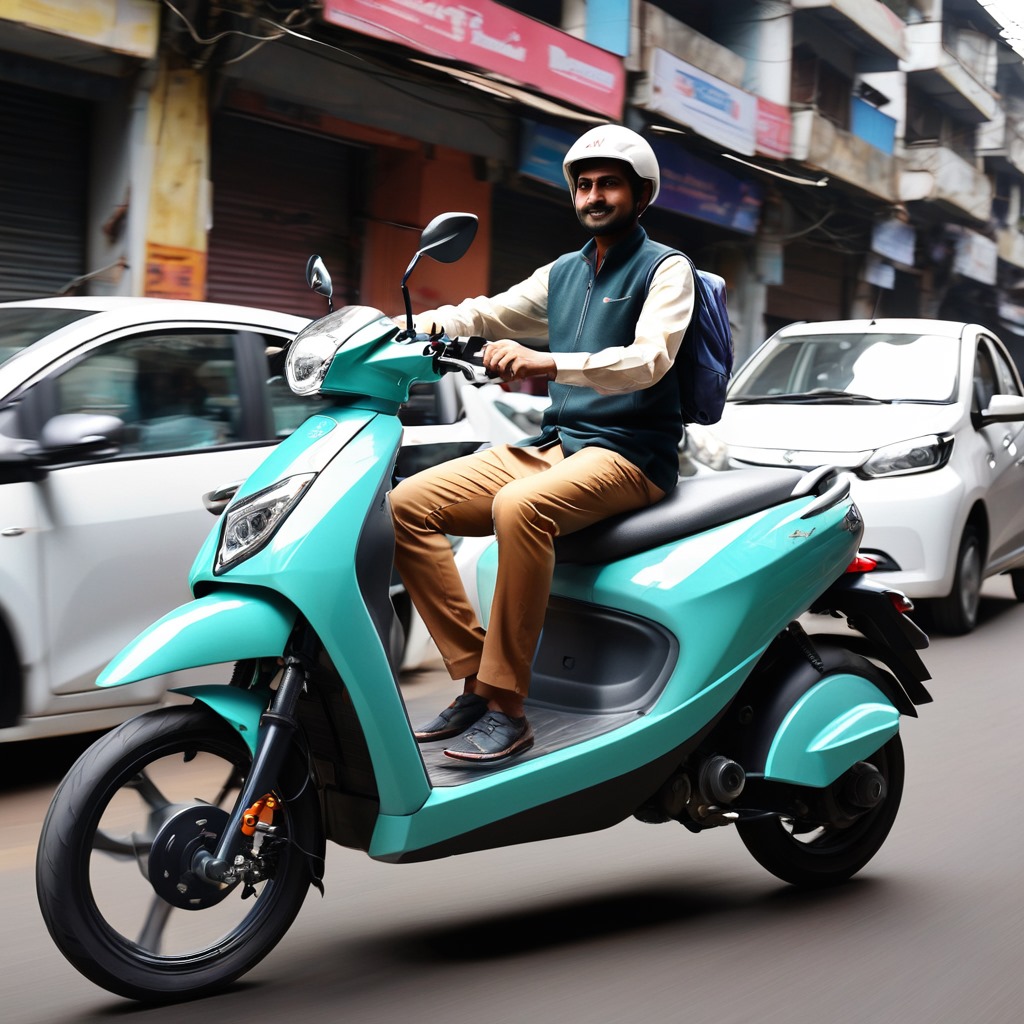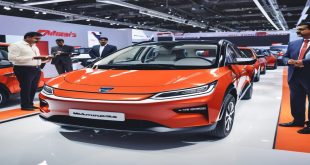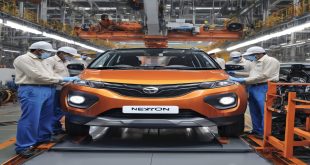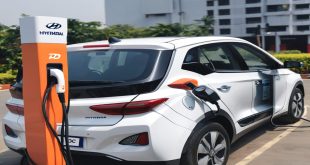It is predicted that a significant percentage of two-wheelers on Indian roads will be electric by 2030. With a goal of lowering carbon emissions and dependency on fossil fuels, this change is not merely a fad but a vital step towards sustainability.
Accelerators of Growth:
In India, the number of electric two-wheelers is increasing due to a number of factors. The government of India has implemented various initiatives such as the Faster Adoption and Manufacturing of the (Hybrid and) Electric Vehicles (FAME) India scheme to promote the adoption electric vehicles (EVs). The average consumer can now afford electric vehicles thanks to this program’s subsidies. Further incentives have also been implemented by a number of state governments such as lower road taxes and registration costs for electric cars.
Environmental Awareness:
As people become more conscious of environmental issues they are selecting sustainable products in greater numbers. Urban air pollution is a major problem in many Indian cities and electric two-wheelers provide a workable solution. By making the switch to electric power users can drastically lower their carbon footprint improving the environment and the air quality.

Technological Developments:
The feasibility of electric two-wheelers has greatly increased due to quick development of the battery technology. Electric two-wheelers now have a longer range and weigh less thanks to advancements in lithium-ion battery technology which has also improved prices capacities and performance. In addition the viability of owning and operating an electric two-wheeler keeps getting better as infrastructure advances such as with the expansion of charging stations.
Trends in the market:
In India the market for electric two-wheelers is not only expanding but also changing. Higher-performance models with greater features speed and range are gradually gaining favor with consumers. In response manufacturers are diversifying their product lineups to include high-end models with cutting-edge features like smart connectivity regenerative braking and more durable battery systems in addition to entry-level models.
Commercial use is also driving up demand for electric two-wheelers:
Electric bikes and the scooters are becoming more and more popular among delivery services e-commerce logistics providers and shared mobility platforms as a way to cut expenses and meet strict emissions standards.
Obstacles to Come:
Even with the encouraging developments there are still obstacles in the way of the widespread use of electric two-wheelers.
Infrastructure for Charging: It is essential to create a thorough infrastructure for charging. Potential customers may be discouraged by the fact that despite advancements the availability of charging stations is still inferior to that of fuel stations.
Initial Costs: The initial purchase price of an electric two-wheeler is still higher than that of a traditional petrol two-wheeler despite the fact that the total cost of ownership may be lower for these vehicles due to fuel and maintenance savings. Many customers may find this price difference to be prohibitive mainly because of the high cost of batteries.
Range Anxiety: One major obstacle that persists is worries about battery life. Prospective customers are concerned about running out of juice and being unable to locate a charging station which can be especially troublesome on longer trips or in places with poor infrastructure.
In Conclusion:
Ongoing innovation and policies that support it are necessary to address these issues. In order to increase the infrastructure for charging and reduce costs through economies of scale and technological advancements the public and private sectors must also work together more closely. India’s 2030 vision of a market dominated by electric two-wheelers holds great promise for transformation. Along with lessening environmental degradation the change will establish India as a market leader for electric vehicle technology worldwide.



